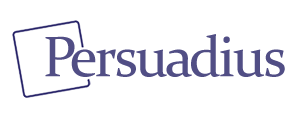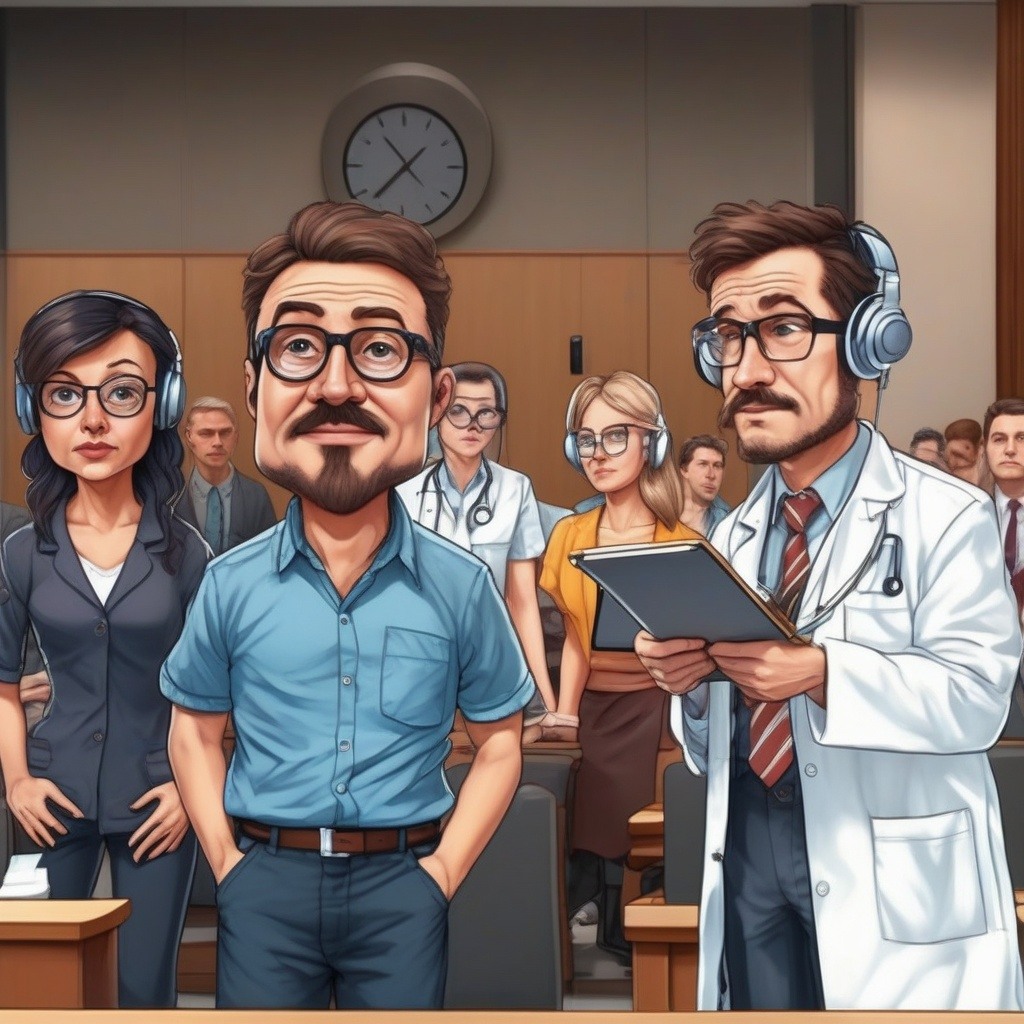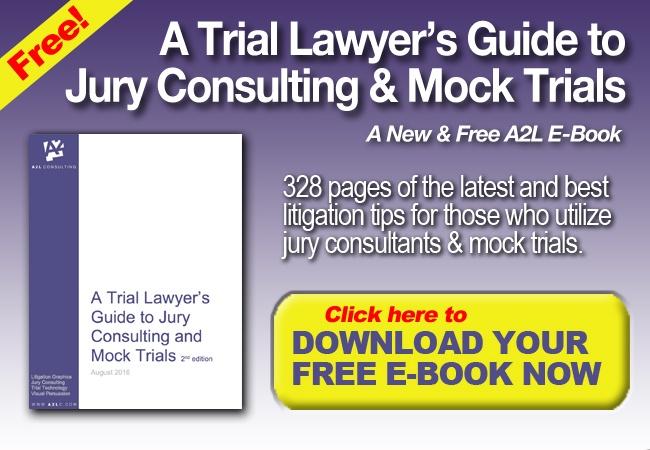Conducting jury research is a crucial step in preparing for a trial. It helps attorneys understand how jurors think, their biases, and what influences their decisions. In this blog, we'll explore twelve essential factors to consider when embarking on jury research to ensure a comprehensive understanding of your potential jurors.
1. Understanding Juror Demographics
Understanding juror demographics is essential for tailoring your legal strategy effectively. Jurors with higher education levels might prefer in-depth evidence and complex arguments, as they are often more comfortable with analytical thinking and detailed information. They may appreciate a logical, methodical approach that challenges their intellect and engages them in critical evaluation. On the other hand, those with less formal education may respond better to straightforward, relatable explanations that connect with their everyday experiences and common sense. These jurors might value clarity and simplicity, favoring narratives that are easy to follow and resonate with their personal lives. This nuanced understanding of juror demographics can significantly guide how you present your case, allowing you to craft arguments that are not only persuasive but also accessible to the diverse backgrounds and preferences of your jury. By aligning your presentation style with the educational and experiential backgrounds of your jurors, you enhance the likelihood of effectively communicating your key points and swaying their opinions in your favor.
2. Exploring Juror Attitudes and Beliefs
Moreover, actively investigating jurors' views on social issues, such as diversity, inclusion, gender equality, and racial justice, can provide profound insight into their potential biases and predispositions. Understanding where jurors stand on these critical issues allows attorneys to tailor their arguments and presentations in a way that acknowledges and respects these perspectives. By crafting narratives that resonate with these attitudes, attorneys can create a more compelling and relatable case, improving its reception among jurors. This approach ensures that jurors are not only open-minded to your arguments but also feel that their values and beliefs are being considered and respected. This can lead to a more engaged jury, one that is willing to listen and deliberate with a balanced and fair mindset, ultimately enhancing the chances of a favorable outcome.
3. Analyzing Juror Experiences
It's also beneficial to delve deeply into how prior experiences can significantly alter jurors' perceptions of credibility and influence their decision-making processes. For instance, a juror who has encountered similar situations in their personal or professional life may be more likely to empathize with the parties involved, as they can draw parallels between their own experiences and the case at hand. This empathy can lead to a more nuanced understanding of the case details, potentially swaying their judgment in favor of one side. Additionally, jurors with relevant experiences might bring a unique perspective to the deliberation process, offering insights that others without such experiences might overlook. Therefore, understanding these elements is not just advantageous but can be a game-changer in how you shape your narrative and present your case. By tailoring your arguments to resonate with these experiential backgrounds, you can craft a more compelling and relatable story that aligns with the jurors' perceptions, ultimately enhancing the persuasiveness of your case.
4. Identifying Biases and Prejudices
Addressing these biases early on is a strategic move that can significantly enhance the effectiveness of your legal presentations. By identifying and understanding these biases before the trial begins, you can develop targeted strategies to counteract them, ensuring that your arguments are not only heard but also considered with an open mind. This proactive approach involves a thorough analysis of common prejudices that may exist within the jury pool, allowing you to craft arguments that are specifically designed to resonate with jurors on a deeper level. By doing so, you can guide their thought processes away from preconceived notions and towards a more balanced and fair evaluation of the case. This method not only helps in neutralizing potential biases but also in building a narrative that is compelling and persuasive, ultimately increasing the likelihood of a favorable verdict. Furthermore, by addressing these biases head-on, you demonstrate a respect for the jurors' perspectives, which can foster a more positive and receptive atmosphere in the courtroom.
5. Assessing Juror Communication Styles
By adapting your presentation to fit diverse communication styles, you can significantly enhance the effectiveness of your legal arguments. This approach involves recognizing and accommodating the various ways in which jurors process information, whether they are visual learners who benefit from charts and diagrams, auditory learners who prefer clear and concise verbal explanations, or kinesthetic learners who engage more deeply with interactive elements. By tailoring your communication to these different styles, you are more likely to maintain jurors' attention and facilitate clearer comprehension of complex legal arguments. This is essential for keeping them engaged throughout the trial, as it ensures that your key points are not only heard but also understood and retained. Moreover, by demonstrating an awareness of and respect for the jurors' preferred communication methods, you foster a more inclusive and receptive environment, which can lead to more favorable deliberations and outcomes. This strategic adaptation can be the difference between a jury that is merely present and one that is actively involved and invested in the proceedings.
6. Understanding the Impact of Media
By conducting thorough jury research that considers jurors' media consumption habits, you can gain a deeper understanding of the types of information and narratives they are exposed to regularly. This insight allows you to anticipate potential biases or preconceived notions that jurors might bring into the courtroom, enabling you to prepare your case to address and effectively rebut misleading narratives that could influence their perceptions. For instance, if jurors frequently consume media that presents a particular slant on legal issues, you can tailor your arguments to counteract these perspectives, ensuring that your case is presented in a balanced and factual manner. Additionally, incorporating relevant evidence that highlights different angles of the story is essential to shaping jurors' viewpoints. By presenting a comprehensive array of evidence, you can offer a more nuanced and complete picture of the case, encouraging jurors to consider multiple perspectives and fostering a more informed and impartial deliberation process. This approach not only strengthens your case but also enhances the likelihood of achieving a fair and just outcome.
7. Exploring the Social Dynamics within the Jury
Building a narrative that anticipates these interactions allows for strategic adjustments during the trial, enabling attorneys to adapt their approach based on the evolving dynamics within the jury. By understanding the potential alliances, conflicts, and influences that may arise among jurors, legal teams can tailor their arguments and presentations to address these dynamics effectively. Creating an atmosphere of collaboration among jurors can be pivotal, as it often leads to more comprehensive discussions and balanced deliberations. When jurors feel encouraged to share their perspectives openly and engage in constructive dialogue, they are more likely to consider all aspects of the case thoroughly. This collaborative environment fosters a sense of shared responsibility and mutual respect, which can enhance the quality of the deliberation process. By promoting an inclusive and cooperative atmosphere, attorneys can help ensure that jurors work together to reach a fair and just verdict, ultimately increasing the likelihood of a favorable outcome for their client.
8. Evaluating Juror Decision-Making Processes
By anticipating how jurors might weigh different elements of your case, you can strategically present information in a compelling manner that aligns with their decision-making processes. This involves understanding the various factors that jurors consider important, such as the credibility of witnesses, the strength of evidence, and the emotional impact of the case. By tailoring your presentation to highlight these key aspects, you can effectively cater to your jury's composition, ensuring that your arguments resonate with their values and priorities. This approach not only enhances the clarity and persuasiveness of your case but also increases the likelihood that jurors will engage with and understand the nuances of your arguments. By aligning your strategy with the specific preferences and thought processes of your jury, you create a more impactful and memorable presentation that can significantly influence their final verdict.
9. Considering Juror Motivations
When you understand what motivates your jurors, you can frame your case in a way that resonates with these values, fostering an emotional connection that enhances your persuasive power throughout the trial. This involves delving into the underlying factors that drive jurors' decisions, such as their personal beliefs, life experiences, and core values. By identifying these motivational elements, you can tailor your arguments to align with what jurors find meaningful and compelling. For instance, if a juror is motivated by a strong sense of justice and fairness, emphasizing the ethical dimensions of your case and highlighting the moral implications of the verdict can be particularly effective. Similarly, if a juror values community and social responsibility, framing your arguments to reflect the broader impact of the case on society can create a powerful emotional appeal. By strategically aligning your case presentation with the motivations of your jurors, you not only capture their attention but also engage them on a deeper level, making your arguments more memorable and impactful. This approach not only strengthens your case but also increases the likelihood of swaying jurors in your favor, ultimately contributing to a more favorable outcome.
10. Recognizing the Role of Emotions
It’s also worth considering how the emotional state of jurors during the trial may shift based on testimony and evidence, as these fluctuations can significantly impact their perceptions and decision-making processes. Jurors may experience a range of emotions, from empathy and anger to confusion and doubt, as they listen to witness testimonies and examine evidence presented in court. These emotional responses can be influenced by the nature of the evidence, the demeanor of the witnesses, and the overall atmosphere of the courtroom. By maintaining an acute awareness of these emotional ebbs and flows, attorneys can strategically address jurors’ sentiments directly, tailoring their arguments to either reinforce positive emotions or mitigate negative ones. This approach not only helps in keeping jurors engaged and focused but also in ensuring that their emotional reactions do not cloud their judgment. By acknowledging and addressing these emotional dynamics, attorneys can create a more compelling and persuasive narrative, ultimately enhancing their ability to connect with the jury on a deeper level and increasing the likelihood of a favorable verdict.
11. Utilizing Technology in Jury Research
Furthermore, data analytics can reveal important patterns and trends in juror behavior that are essential for developing effective courtroom strategies. By analyzing vast amounts of data, such as demographic information, past verdicts, and social media activity, attorneys can gain a deeper understanding of the factors that influence juror decisions. This comprehensive analysis allows legal teams to identify potential biases, preferences, and tendencies within the jury pool, enabling them to tailor their arguments and presentations more precisely. For instance, demographic data can provide insights into the cultural, economic, and educational backgrounds of jurors, which can influence their perspectives and decision-making processes. Past verdicts can offer a historical context, highlighting how similar cases have been perceived and decided, thus allowing attorneys to anticipate potential challenges and opportunities. Social media activity can reveal personal interests, affiliations, and opinions that might not be apparent during jury selection, offering a more nuanced view of jurors' inclinations and potential biases. By utilizing these advanced tools, attorneys can make informed, data-driven decisions that optimize their jury preparations, thereby improving their overall effectiveness. This approach not only enhances the ability to predict juror reactions but also allows for the strategic adjustment of legal strategies in real-time, ensuring that the case is presented in the most compelling and persuasive manner possible. Ultimately, the integration of data analytics into jury research empowers attorneys to craft more nuanced and targeted courtroom strategies, increasing the likelihood of achieving a favorable outcome. By leveraging these insights, legal teams can refine their arguments to resonate more deeply with jurors, addressing their concerns and aligning with their values, which is crucial for swaying opinions and securing a favorable verdict.
12. Incorporating Jury Researcher Expert Insights
Moreover, expert jury consultant insights can be invaluable during the jury selection process, as they provide a wealth of knowledge and experience that can significantly enhance your approach. These experts, often seasoned in the nuances of human behavior and psychology, can meticulously analyze potential jurors to uncover subtle blind spots and biases that might not be immediately apparent. By leveraging their expertise, you gain a deeper understanding of the underlying attitudes and predispositions that could influence jurors' perceptions and decisions. This information is crucial for crafting a legal strategy that not only addresses these biases but also aligns with the values and beliefs of your target jury. With expert guidance, you can tailor your arguments and presentations to resonate more effectively, ensuring that your case is presented in a manner that is both compelling and persuasive. This strategic advantage can be the key to swaying jurors in your favor, ultimately increasing the likelihood of a successful outcome in the courtroom.
Additional Persuadius (formerly A2L Consulting) articles about jury research and related subjects discussed in this article:
- Data-Driven Jury Consulting and Why it Matters
- Trial Graphics, Color Choice and Culture
- Patent Litigation Graphics + Storytelling Proven Effective: The Apple v. Samsung Jury Speaks
- Planning For Courtroom Persuasion? Use a Two-Track Trial Strategy
- Data-Driven Jury Consulting and Why it Matters
- 10 Tips for Successful Voir Dire
- Leveraging Group Dynamics: Influence the Outcome of Your Legal Case
- Managing Jury Bias: Overcoming Confirmation Bias in the Courtroom
- 7 Ways to Overcome Cognitive Bias and Persuade
- The Impact of Cognitive Bias on Jury Interpretation and Persuasion
- Font Matters - A Trial Graphics Consultant's Trick to Overcome Bias
- How to Minimize the Impact of the Dunning-Kruger Effect on Jury Decisions
- The Role of Emotional Factors in Enhancing Visual Information in Legal Presentations
- 6 Ways to Emotionally Move Your Jury: Tips and Tricks for a Game-Changing Trial Strategy
- Using Visual Persuasion to Emotionally Move Your Audience






Leave a Comment